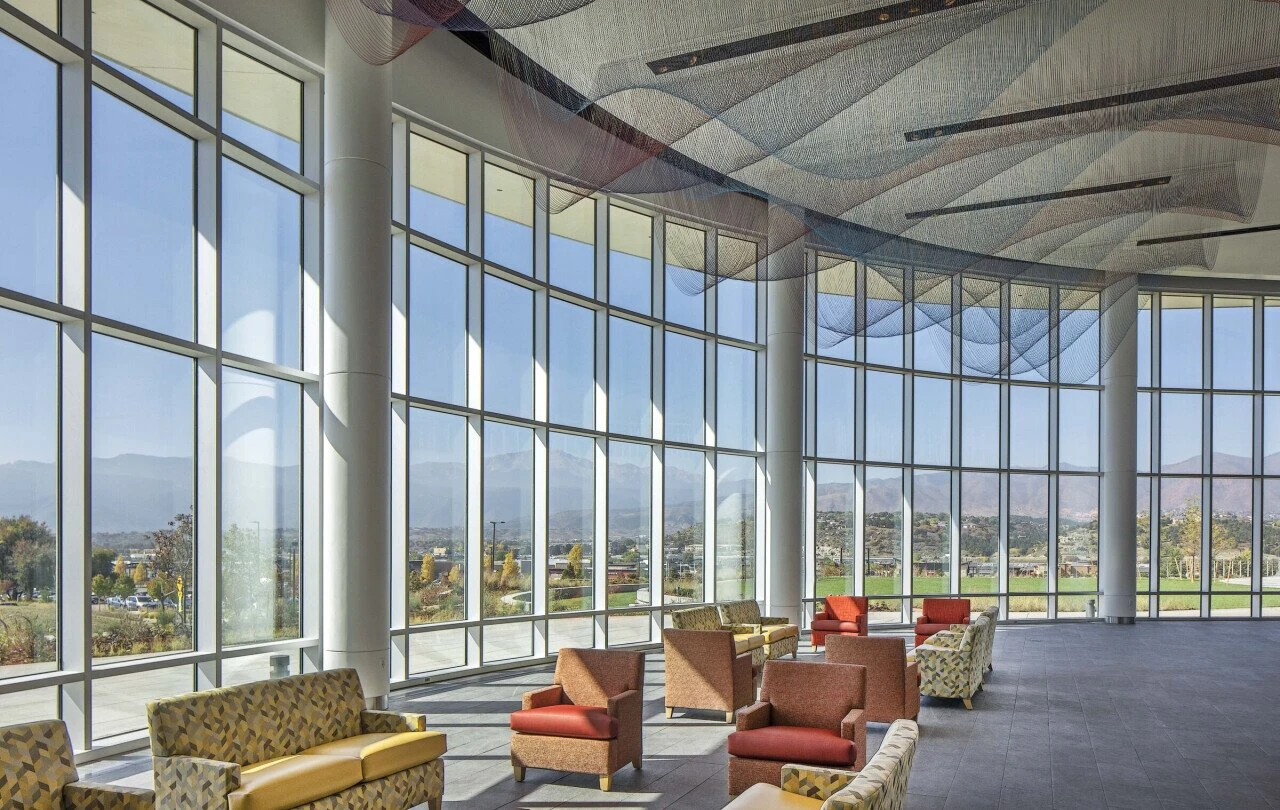

High Reflective Glass Enhancing Aesthetics and Functionality in Modern Design
In recent years, high reflective glass has emerged as a favored material in architectural and interior design. Known for its remarkable properties, it offers a blend of aesthetic appeal and functional advantages that make it an ideal choice for various applications. This article delves into the characteristics, benefits, and implications of high reflective glass in modern design.
High reflective glass is specially designed to reflect a significant percentage of light, enhancing its appearance and performance. The glass is typically coated with a thin layer of metal or metallic oxide, which increases its reflectivity. This feature not only makes it visually striking but also improves energy efficiency, an essential factor in contemporary architecture. By reflecting sunlight, this type of glass minimizes heat gain within buildings, thereby reducing the reliance on air conditioning and lowering energy costs.
One of the most compelling advantages of high reflective glass is its ability to create stunning visual effects. Buildings adorned with this glass can present a sleek, modern look, often hailed as landmarks in urban landscapes. The reflective quality allows structures to blend harmoniously with their surroundings, as they can mirror the sky, trees, and other architectural elements. This characteristic not only enhances the beauty of the building but also adds a layer of dynamic interaction with the environment, changing appearance with lighting conditions throughout the day.

Moreover, high reflective glass provides increased privacy to occupants without sacrificing natural light
. When used in residential and commercial buildings, it allows ample sunlight to filter through while reducing visibility from the outside. This dual advantage makes it particularly appealing for offices, hotels, and homes situated in busy urban settings, where privacy can often be a concern.In addition to its aesthetic and practical benefits, high reflective glass also contributes to sustainable building practices. As the push for green architecture continues to gain momentum, the energy efficiency afforded by this glass type aligns perfectly with eco-friendly design principles. By minimizing the need for excessive heating and cooling, it helps reduce a building’s overall carbon footprint. Furthermore, many manufacturers are increasingly adopting environmentally responsible practices in the production of reflective glass, contributing to the green building movement.
However, there are considerations to keep in mind when using high reflective glass. One notable concern is glare. While the glass is visually appealing, its reflective nature can create significant glare for both building occupants and those nearby. Designers must carefully consider the placement and angle of reflective glass to mitigate any adverse effects, especially in high-traffic areas where glare can pose safety risks. Additionally, while high reflective glass can effectively reduce heat gain, in some climates, it may also impede natural lighting, necessitating a balance between light, visibility, and energy efficiency.
In conclusion, high reflective glass is a versatile and valuable material that plays a pivotal role in modern architectural design. Its combination of striking aesthetics, privacy, energy efficiency, and sustainability aligns with the growing demands for innovative and ecological building solutions. As architectural trends continue to evolve, high reflective glass stands out as a material that not only enhances the beauty of structures but also supports a more sustainable future. Moving forward, architects and designers are encouraged to explore its full potential, ensuring that the glass not only serves as a functional element but also as a transformative feature of contemporary architecture.